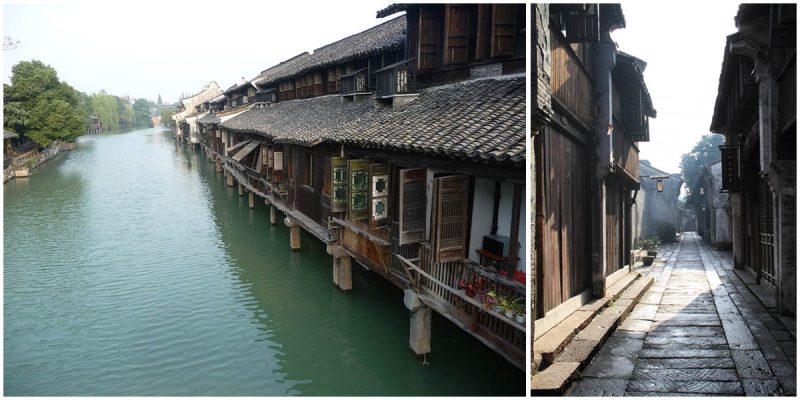Wuzhen is one of the six famous ancient water towns south of the Yangtze River, located in northern Zhejiang Province, China. It’s within the triangle formed by three top tourist cities: Shanghai, Hangzhou, and Suzhou. Covering an area of 71.19 km2 (27.49 sq mi), Wuzhen has a total population of 60,000, of which 12,000 are permanent residents.
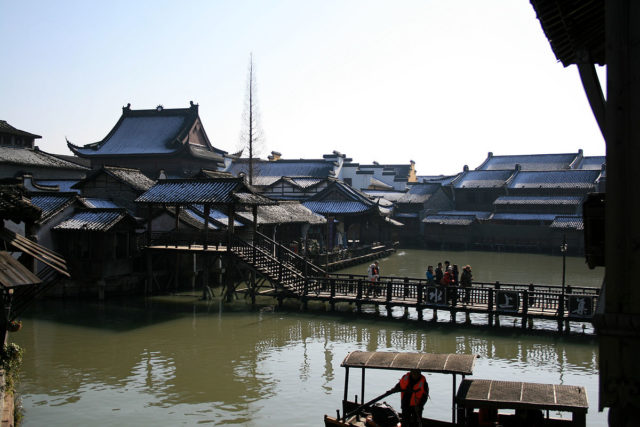
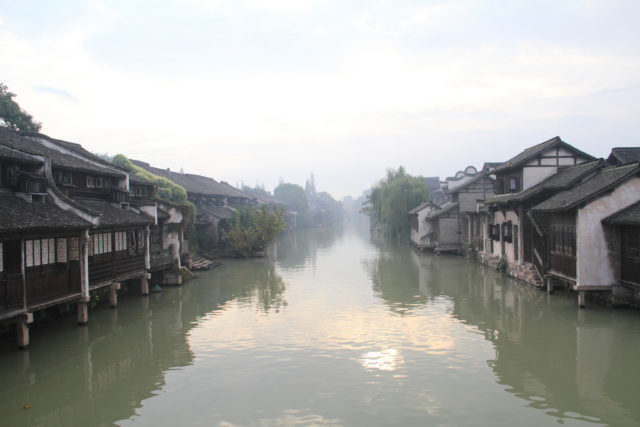

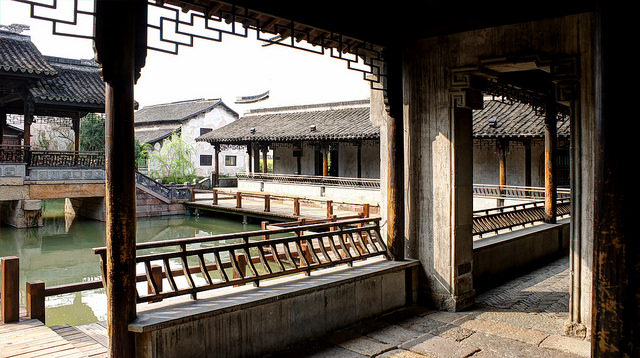
It perfectly maintains the former styles and features of ancient water towns. The town displays its history through its ancient stone bridges, stone pathways, and delicate wood carvings. The famous Beijing-Hangzhou Grand Canal runs through the town, which endows Wuzhen Water Town with rivers and canals crisscrossing the whole area. The numerous canals that run across Wuzhen divide the town into four scenic sections, which are respectively called as Dongzha, Nanzha, Xizha, and Beizha by the locals. The canal was built over a thousand years to facilitate exchange of produced goods and culture between the northern and southern regions of eastern China, long before the invention of railroads.
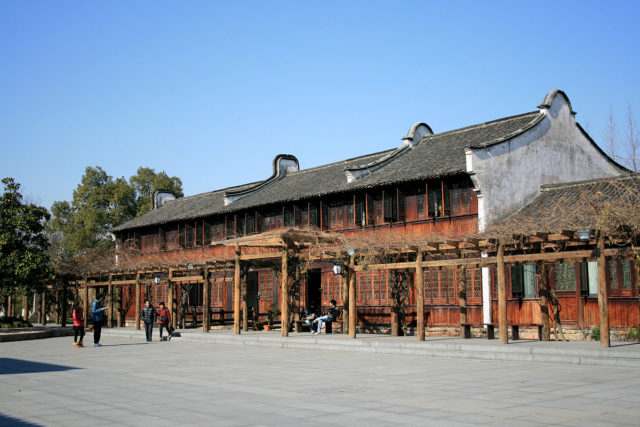
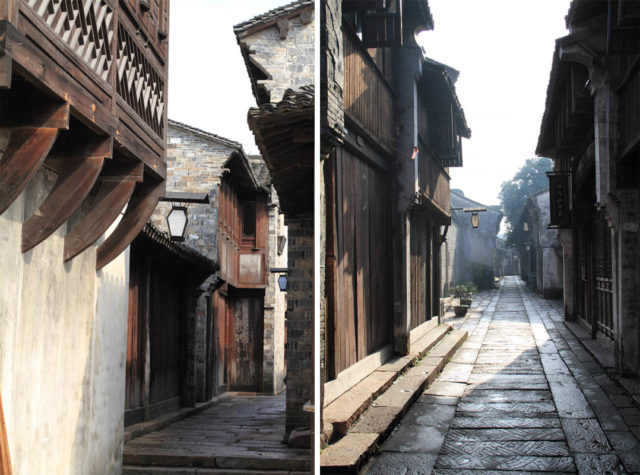
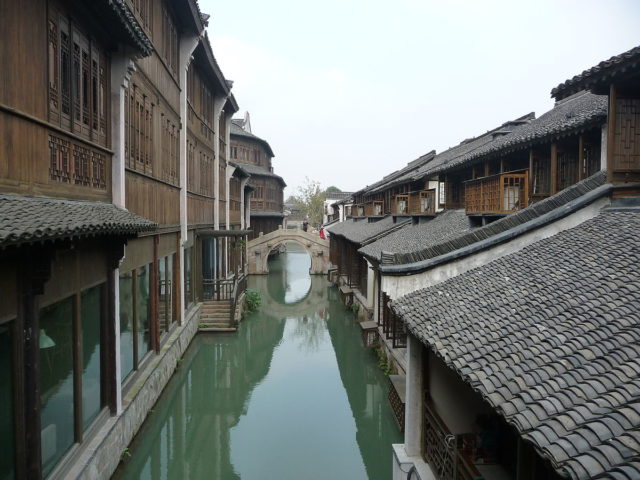
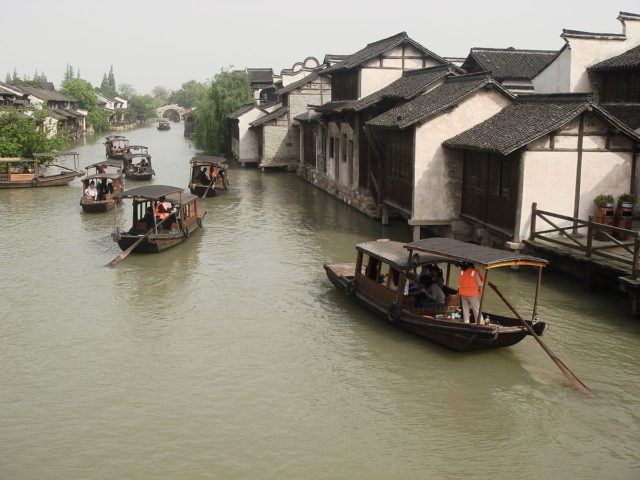
Especially noted for its history and culture, Wuzhen was established in the late 9th century, although the first settlers here were the New Stone Age people, 7,000 years ago. According to historical records, Xinchun Village in the East Village district of Wuzhen has relics from the Neolithic Period, belonging to the Majiabin civilization.
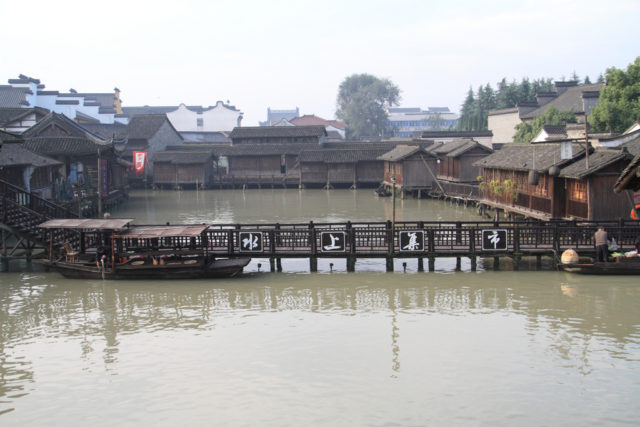
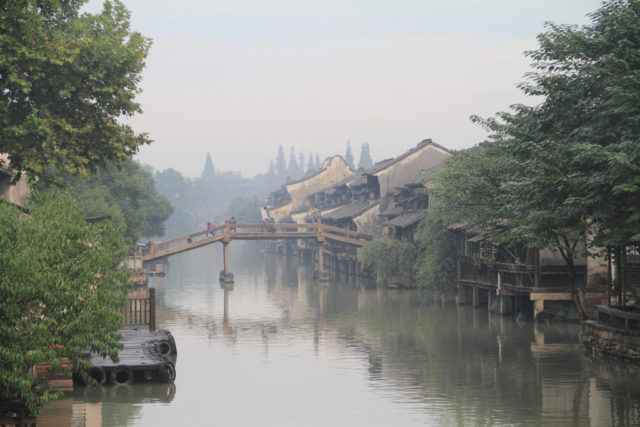
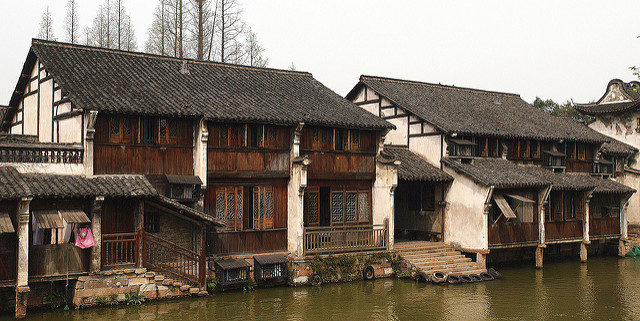
For hundreds of years, its residents have been building houses along the rivers and trading near the bridges, the ancient docks and waterside pavilions. One of the main attractions for the visitors is the “Bridge within a Bridge”, created by two ancient bridges, the Tongji Bridge which crosses the river from east to west and the Renji Bridge running from south to north that joins the former at one end.
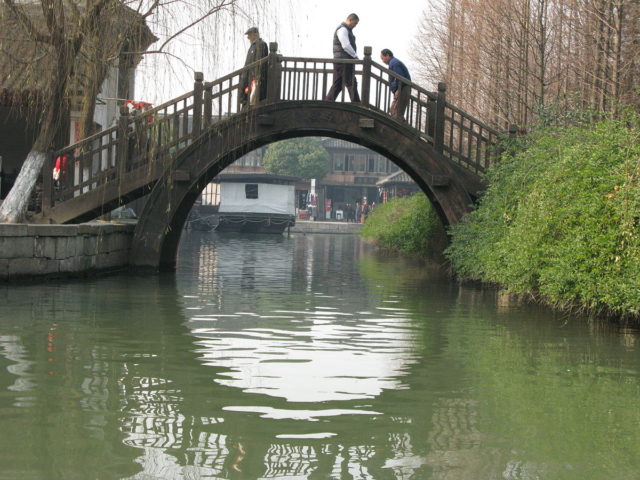
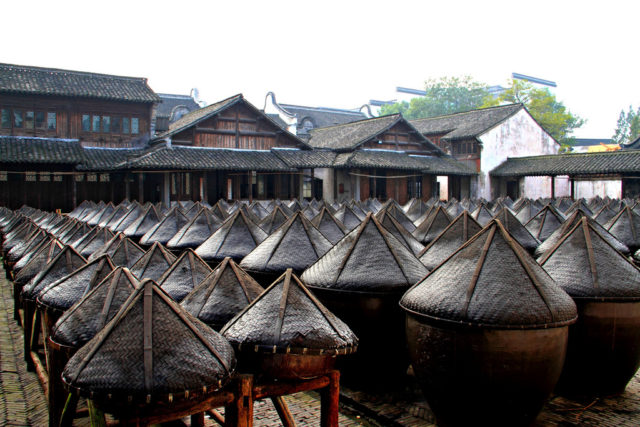
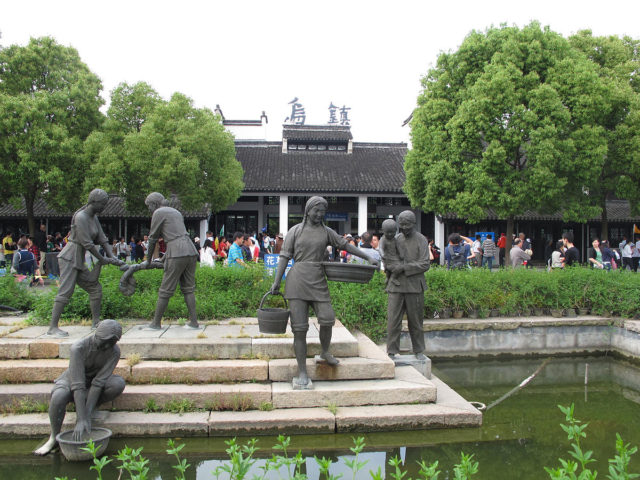
Another interesting fact is that on November 19, 2014, the World Internet Conference has been held in Wuzhen. Since then, the town has become the permanent venue of this summit.
